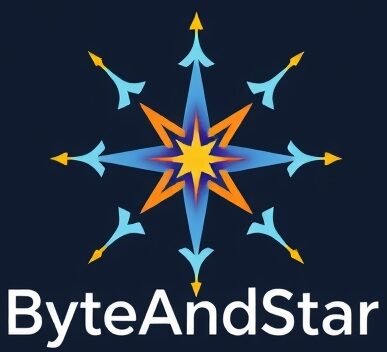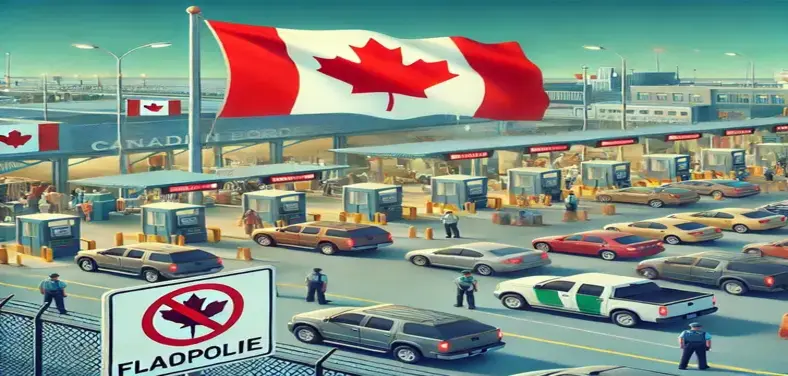Canada has always been a nation of opportunity, welcoming individuals from around the globe. However, its immigration system is continually evolving to reflect fairness, efficiency, and security. A notable recent change is the abolishment of “flagpoling in Canadian immigration.” Once a popular method for expediting immigration processes, flagpoling is now part of history. As of December 23, 2024, the Canadian government has officially ended the practice of flagpoling, here’s a comprehensive look at what flagpoling in Canadian immigration entailed, why it was discontinued, and how this change will impact immigrants and the system.
Flagpoling in Canadian Immigration: What It Is ?
Canada has always been a nation of opportunity, welcoming individuals from around the globe. However, its immigration system is continually evolving to reflect fairness, efficiency, and security. A notable recent change is the abolishment of “flagpoling in Canadian immigration.” Once a popular method for expediting immigration processes, flagpoling is now part of history. Here’s a comprehensive look at what flagpoling in Canadian immigration entailed, why it was discontinued, and how this change will impact immigrants and the system.
How Flagpoling in Canadian Immigration Worked
Flagpoling typically involved crossing into the United States briefly—often without officially entering beyond the border station—and then returning to Canada. This allowed applicants to have their immigration requests processed directly by Canada Border Services Agency (CBSA) officers at the border, bypassing potentially lengthy wait times associated with online or mail-in applications.
Who Used Flagpoling in Canadian Immigration and Why?
Flagpoling in Canadian immigration was widely used by:
Temporary Foreign Workers: To activate or renew work permits promptly.
International Students: To adjust their study permits or secure post-graduation work permits.
Permanent Residency Applicants: To finalize their permanent resident status efficiently.
The appeal of flagpoling lay in its speed. By meeting CBSA officers at the border, applicants could often secure same-day decisions, an attractive option for those with pressing timelines, such as starting a new job or meeting residency requirements.
The Reasons Behind Canada’s Decision to End Flagpoling
In 2024, the Canadian government officially ended flagpoling as part of its ongoing efforts to modernize and streamline immigration processes and emphasized the importance of maintaining a strong Canada-U.S. relationship and improving border efficiency, here are the key reasons behind this decision:
Operational Challenges
Flagpoling in Canadian immigration had grown immensely popular, putting pressure on already busy border crossings, especially in provinces like Ontario and Quebec. CBSA officers found themselves overwhelmed with flagpoling requests, which diverted resources from their primary responsibilities of managing border traffic and security.
Promoting Fairness and Equity
Flagpoling created a disparity in the immigration process. Immigrants living near land borders had a distinct advantage, often securing quicker resolutions compared to those residing far from such crossings. By eliminating flagpoling, Canada aims to ensure a level playing field where all applicants face consistent processing timelines, regardless of their location.
Enhancing Security and Efficiency
Frequent border crossings for flagpoling posed logistical challenges and potential security risks. Eliminating this practice aligns with Canada’s goal of maintaining secure and orderly borders while streamlining immigration services. Now the border services can be used for their intended purposes and to enhance the overall security and efficiency of the immigration system
Implications of the Policy Change on Flagpoling in Canadian Immigration
The discontinuation of flagpoling brings significant changes for immigrants and the Canadian immigration system alike:
Advantages
Fairer Processes for All: The removal of flagpoling ensures that all applicants are treated equally, with no preference given based on proximity to land borders.
Better Border Operations: CBSA can now focus its resources more effectively on its core mandate, improving the overall flow and safety of border crossings.
Disadvantages
Longer Processing Times: Without the expedited option of flagpoling, applicants must navigate regular processing channels, which could mean longer wait times.
Reduced Flexibility for Urgent Cases: Immigrants with time-sensitive needs may face delays that flagpoling previously helped to avoid
Alternative Solutions for Immigrants
Utilize Enhanced Online Systems: Immigration, Refugees and Citizenship Canada (IRCC) has upgraded its online portals for work permits, study permits, and permanent residency applications, making them more user-friendly and efficient.
Seek In-Land Processing Options: Immigrants can schedule appointments at in-land IRCC offices for urgent cases, ensuring their needs are addressed in a timely manner.
Plan Well in Advance: Anticipating potential delays is now more critical than ever. Applicants should apply early to avoid disruptions caused by longer processing times.
The Future of Flagpoling in Canadian Immigration: Reflecting on the Policy Shift
The end of flagpoling in Canadian immigration reflects Canada’s commitment to a fair, secure, and modern immigration system. While this change eliminates an expedited pathway many relied upon, it promotes equity and operational efficiency. For immigrants, understanding these changes and adapting to the new landscape will be essential.
For further guidance and official updates, visit the IRCC website or consult with a licensed immigration consultant.


Definitely share this . You’ve latterly saved my neck